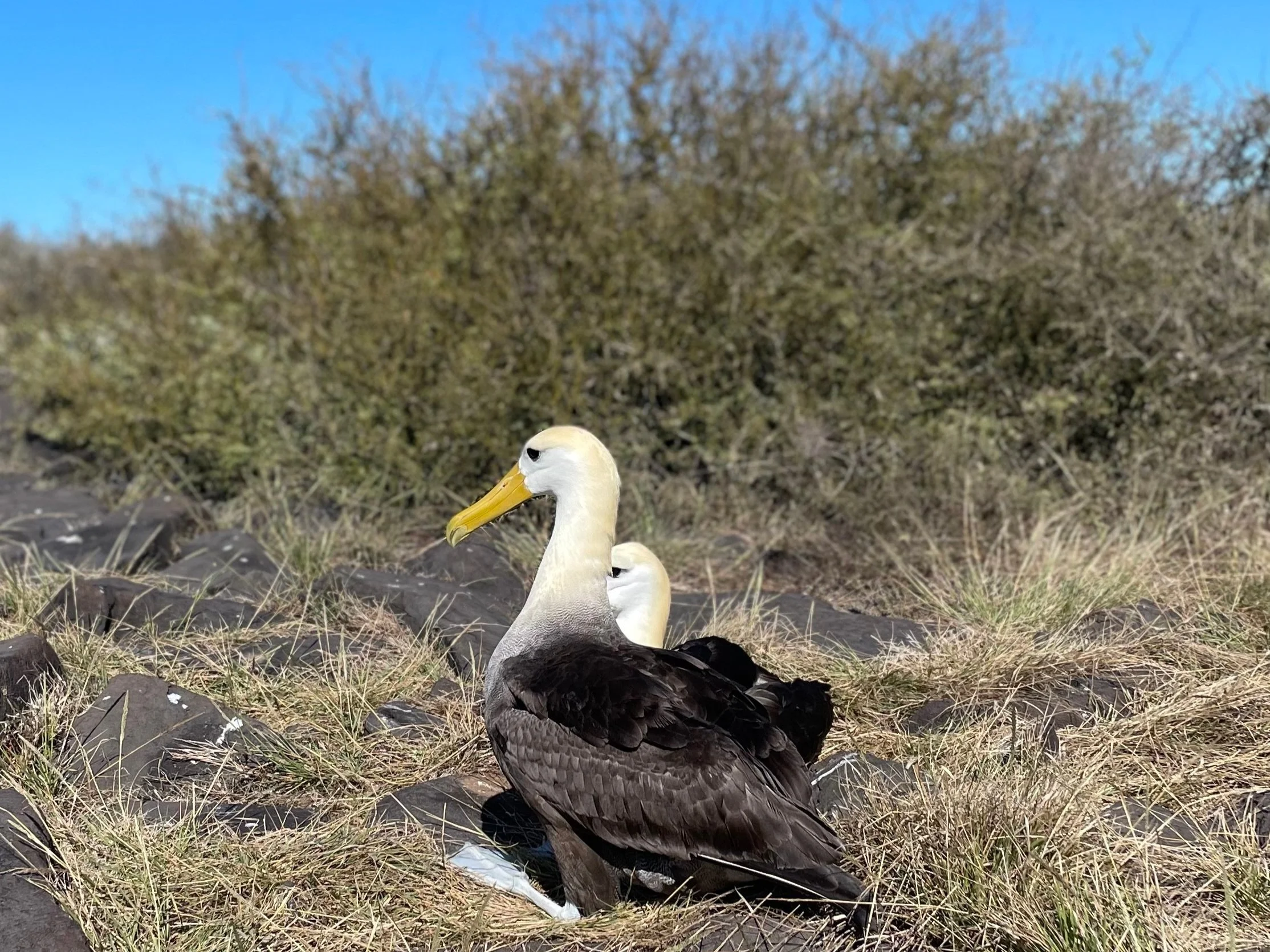Islas San Cristóbal y Española, Galápagos
The Galápagos Islands off the shore of Ecuador are home to many unique species. Many of these animals are not found in other places in the world. Charles Darwin based his theory of Natural Selection on the experiences he had while visiting these incredible islands. This theory stemmed from his observations of various different finches on different islands. 97% of the islands are considered an Ecuadorian National park, so luckily, the many secrets and surprises the Galápagos has to offer remain protected.
Galápagos Sea Lions originated in the Northeast Pacific region (around California), and they share many similarities with Californian Sea Lions. These animals are smaller than their American counterpart because they have adapted to the conditions of the islands over thousands of years. Unfortunately, these sea lions face many challenges. Galápagos sharks are one of their main predators, and they are also threatened by canine distemper (transmitted from unvaccinated feral dogs brought in by humans). This causes severe respiratory issues and can lead to death.
Above, there is a video of a mother and a sea lion pup by the shoreline. If you listen carefully, you can hear the baby barking.
Waved Albatross are found only in the Galápagos region. They build their nesting sites in small vegetated and remote areas to protect their offspring. Their wingspan often reaches seven to eight feet. The most special attribute of the Waved Albatross is that they can spend years at sea without landing. Albatross barely have to flap their wings due to their calm and steady disposition.
The Nazca Boobies share these nesting sites with other birds. They are a subspecies of the Masked Booby and look very similar. These birds feast on sardines and other birds by diving into the water. Most importantly, their guano provides essential nutrients to for the ocean and environment in which they live.
Frigatebirds are only found in the Galápagos islands. They are built for speed and diving. Frigatebirds have a large red neck that puffs when attracting a mate.
The Galápagos Hawk is endemic to these islands. They are endangered with only around 500 individuals left. These birds usually live around 20-25 years. The hawks feed on lizards, tortoises, and many other little animals.



